Whether you're cutting through wood, pruning tree limbs, or tearing out drywall, your reciprocating saw is only as good as the blade you install. A sharp, well-suited blade not only improves cutting efficiency but also keeps you safe. In this guide, we’ll walk you through how to change a reciprocating saw blade step-by-step and help you choose the right one for the job.
Tools & Preparation
Before you start, make sure you have:
- A reciprocating saw (corded or cordless)
- A compatible new blade (wood, metal, or demolition type)
- Safety gloves to protect your hands
- (Optional) A clean rag to wipe the clamp area
Step-by-Step: Changing the Blade
1. Disconnect Power
Unplug corded saws or remove the battery from cordless ones to prevent accidental starts.
2. Locate the Blade Clamp
Modern saws usually have a tool-less clamp system (twist collar or lever). Older models may require a hex key or screwdriver.


3. Remove the Old Blade
Release the clamp by turning or pulling the mechanism. Carefully slide out the blade—wear gloves as even dull blades can be sharp.


4. Insert the New Blade
Slide the new blade into the clamp. Make sure the teeth face down or away from the handle—check for directional arrows on the blade.


5. Secure and Test
Lock the blade in place by closing the clamp. Gently tug the blade to ensure it’s firmly seated. Reconnect power and give it a short trigger pull to verify installation.
Choosing the Right Reciprocating Saw Blade
Not all blades are created equal. Here's a quick breakdown:
Wood Cutting (5–8 TPI): Fast, rough cuts. Ideal for pruning or framing.
- Metal Cutting (14–24 TPI): Fine, clean cuts. Great for pipes or rods.
- Demolition (6–11 TPI, Bi-metal): Handles nails, screws, and mixed materials.
- Specialty (Carbide-tipped): For cast iron, stainless steel, or fiberglass.
Pro Tip: TPI = Teeth Per Inch. Fewer teeth = faster cuts; more teeth = cleaner cuts.
Pro Tips for Using Reciprocating Saw Blades
- Let the blade do the work—don’t force it.
- Change blades as soon as cutting slows or sparks appear.
- Use the shortest blade possible to reduce vibration.
- Avoid bending the blade during sideways cutting.
- Store blades dry and organized to extend life.
Blade Compatibility & Durability
Our EZARC reciprocating saw blades are engineered for high performance:
- Fit all major brands like DeWalt, Milwaukee, Bosch, Makita
- Made from bi-metal or carbide for extended blade life
- Competitive pricing without compromising quality
Why pay more for branded blades when ours last just as long?
Explore Our Full Reciprocating Saw Blades Collection and find the perfect match for your next cut.
Common Questions
1. Q: How often should I change blades?
A: Whenever they become dull, bent, or start to smoke. Pros may swap blades daily.
2. Q: Will these blades fit my saw?
A: Most reciprocating saws use a universal shank—our blades are compatible with nearly all models.
3. Q: What if the clamp is stuck?
A: Clean with a brush and apply light oil. If it still won’t open, consult your manual.
4. Q: Gloves necessary?
A: Yes. Even worn blades have sharp edges. Gloves help prevent injury.
Need blades that last longer and cut cleaner? Shop EZARC Reciprocating Saw Blades Now

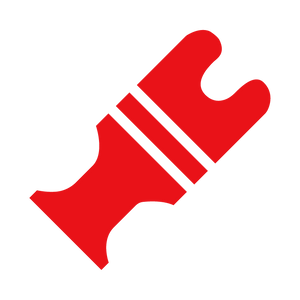 Oscillating Multi-Tool Blades
Oscillating Multi-Tool Blades
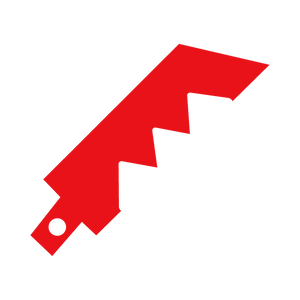 Reciprocating Saw Blades
Reciprocating Saw Blades
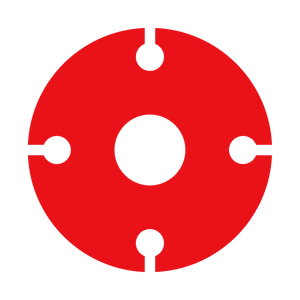 Cutting & Grinding
Cutting & Grinding
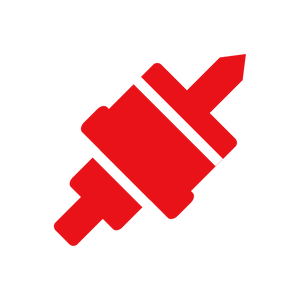 Hole Saw
Hole Saw
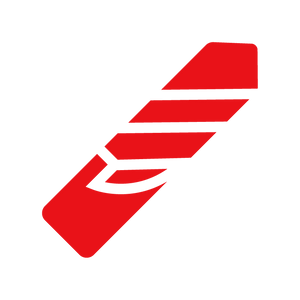 Drilling
Drilling
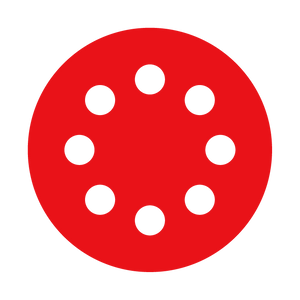 Sanding & Polishing
Sanding & Polishing
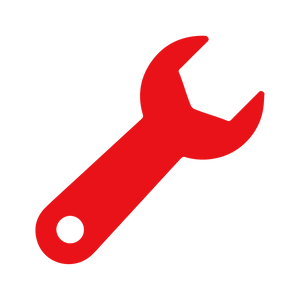 Hand Tools
Hand Tools
 Metal Worker & Fabrication
Metal Worker & Fabrication
 Woodworking & Carpentry
Woodworking & Carpentry
 Electrical & Plumbing
Electrical & Plumbing
 Automotive
Automotive
 Concrete & Masonry
Concrete & Masonry
 Demolition
Demolition
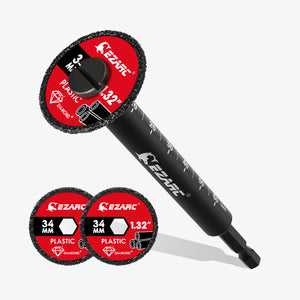 NEW ARRIVALS
NEW ARRIVALS
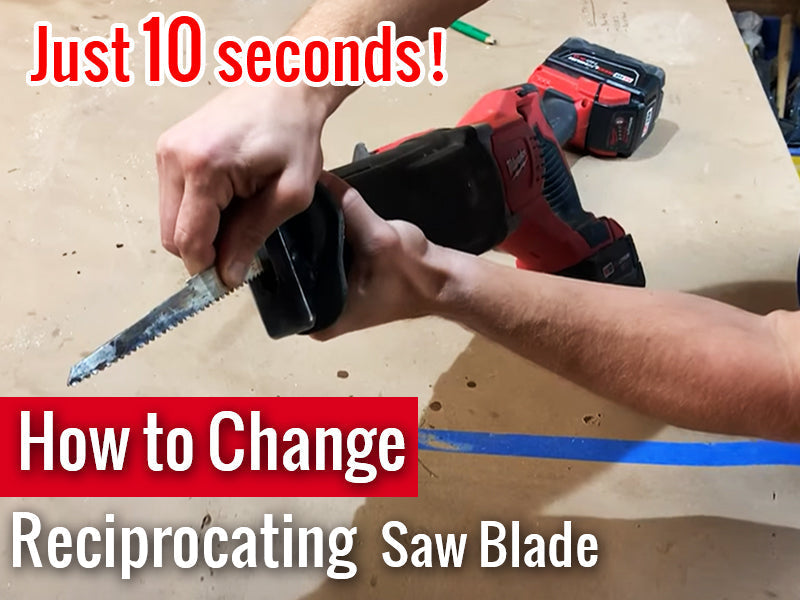
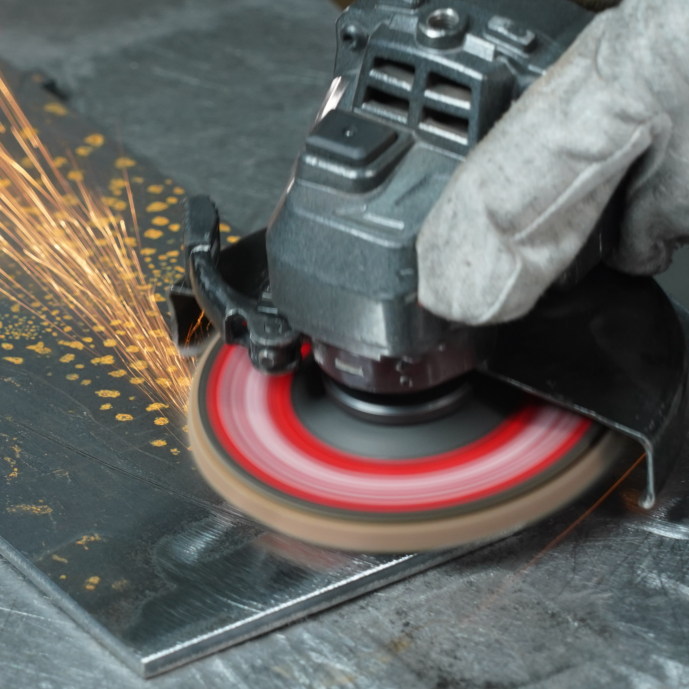

1 コメント
David
Will the blade fit a Hilti Reciprocating battery saw?
コメントを書く
このサイトはhCaptchaによって保護されており、hCaptchaプライバシーポリシーおよび利用規約が適用されます。